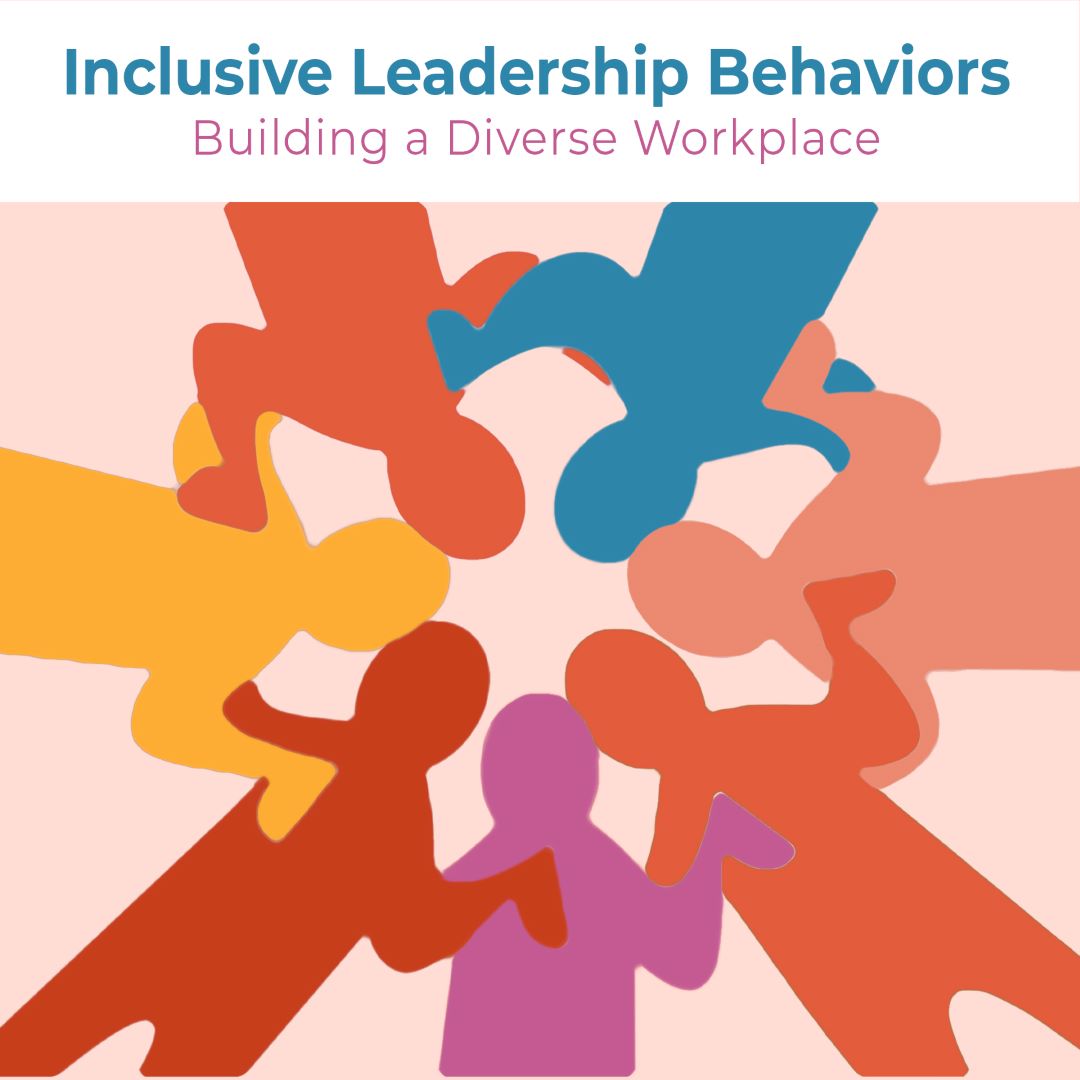Overview:
- The immense significance of inclusion in workplaces.
- The key role of inclusive leadership in workplaces.
- The indispensable behaviors for an effective and inclusive workplace.
Introduction
Today’s leaders around the globe fail to recognize the importance of inclusion. There is no such thing as a “know-it-all all person”. We all fall short in knowledge and expertise. That’s why workplaces depend on team efforts. To lead their teams. Leaders must learn inclusive leadership behaviors to help their team collaborate, share their unique and diverse voices, and prove their capabilities.
When employees face workplace challenges. The lack of inclusion can be precarious as the team needs to be well-equipped with diverse solutions to handle these challenges. When a team is diverse and collaborative, every participant becomes aware of their blind spots. This enables them to make decisions with discretion and discernment.
Why Inclusivity Matters?
According to HBR, Diverse companies are 70% more likely to capture new markets.
When you acknowledge your team for their contributions, they do their best to give back to their organization. When leaders focus on reaching specific goals at the expense of nurturing their team members’ capabilities and potentials. This impedes their team’s chance to accelerate their growth at work.
In addition, not being included is hurtful. This can ruin an employee’s self-esteem and jeopardize their concern for contributing to work sessions. Not to mention making them less proactive, therefore increasing the risk of workplace turnover.
Diversity and inclusion in the workplace sets the entire foundation of a healthy and successful working environment. The following are the key reasons why inclusive leadership is important:
- Innovation
- Fostering a sense of security and belonging
- Boosting the team wellbeing
- Talent attraction
- Diversity of Thought and Skill
- Job Longevity

8 Inclusive Leadership Behaviors
Becoming an inclusive leader does not happen naturally; it requires deliberate effort to learn and develop it.
Leading inclusively requires staying up-to-date on inclusive leadership styles. This ensures that each member of their team is heard, respected, and above all, feels appreciated in the workplace.
The following is a glimpse of inclusive leadership behaviors examples:
1. Understanding
Inclusive leaders widen their scope of thinking to understand their team’s background and struggles. In this way, they develop empathy in approaching their team members in case of underperformance or crisis. Understanding also enhances leaders’ ability to unlock their team members’ capabilities by gaining deeper insight into their potential. Leaders practicing this kind of leadership reap the benefits of diversity and inclusion in the workplace.
2. Patience
Patience is one of the most important inclusive leadership examples. An inclusive leader approaches his team members with patience and serenity. They are aware that their team members might face mental health issues such as burnout. So in turn they are patient when it comes to work mistakes. At the same time, they balance strictness with compassion and respect. However, they don’t condone recklessness or take advantage of their patience.

3. Ability to Inspire and Motivate
An inclusive leader is instrumental in motivating and inspiring their team members. They go beyond just encouraging them to engage with them on their tasks to achieve optimal results.
They ensure they are a good source of inspiration, by fueling their passion. As well as conveying their trust in their team members’ abilities. As a result, the team members become energized leading to enhanced performance beyond conventional boundaries.
4. Humility
Humility stands as one of the key inclusive leadership behaviors. Inclusive leaders are aware of their limitations and those of their teams. They don’t assign ambiguous tasks to their team members. They ensure they convey clarity and humility when they make mistakes.
5. Constructive Feedback
Constructive feedback is essential in training and educating any team. Once a leader grasps the essence of constructive feedback, they turn their employee’s insecurities into opportunities for learning and growth.
Inclusive leaders are smart in their approach in giving feedback, they make sure they teach their employees humbly and efficiently. This includes highlighting their success before pointing out their setbacks. This is truly unique in resolving any anxiety or self-doubt the employee might be feeling and fostering their self-confidence. Thus they consider failure as a learning opportunity.
6. Social Connection
Social connection is essential in easing work stress and creating a healthy environment at work. Inclusive leaders work on building connections between their team members. Social connection and building healthy relationships at work break the ice this helps in communicating important data between team members. It’s also essential for making the workplace psychologically healthy. Social connections foster the employee’s courage to share their unique perspective in working sessions. Since one spends most of their lifetime at work. Work therefore doesn’t have to be void or stressful.
Social connection is essential in easing work stress and creating a healthy environment at work

7. Transparency and Accountability
Inclusive leaders allow room for productive discussions, especially regarding setbacks or pitfalls.
Healthy workplaces encourage employees to admit their mistakes and take responsibility for them. Making mistakes is normal and okay once the person is aware of the importance of making amends and resolving work conflict.
8. Bias Awareness and Breaking Down
Inclusive leaders are vigilant to their own biases. They strive to keep their bias in check and promote an open-minded work culture. They utilize sessions to raise awareness about subtle bias and how to tackle it. Therefore creating a diverse workplace where everyone can thrive on a personal and professional level.
Conclusion
Inclusive leaders are immensely significant in sculpting healthy workplaces. Inclusive leadership behaviors are not innate. Anyone can learn how to be an inclusive leader. This will not only lead to their individual growth but the growth of communities and workplaces as well.
FAQs:
What constitutes inclusive leadership?
Providing inclusive leadership involves professionally managing a diverse team while respecting and accepting each member’s different culture and perspective.
How to practice inclusive leadership behaviors?
By taking DEI training and sessions, revisiting policies that support equity and inclusion, and deepening self-awareness about subtle biases
What are the four qualities of an inclusive leader?
Cultural intelligence, self-awareness, empathy, and listening skills are among the most important.


